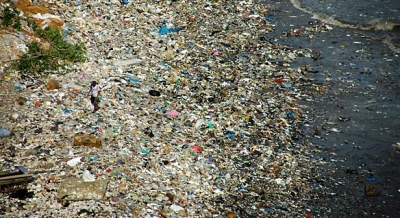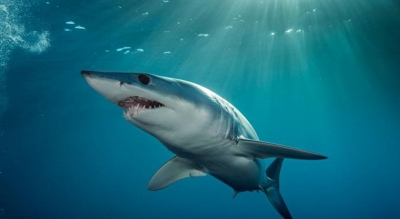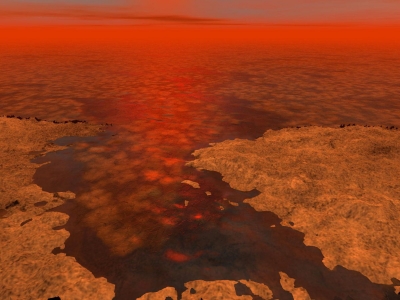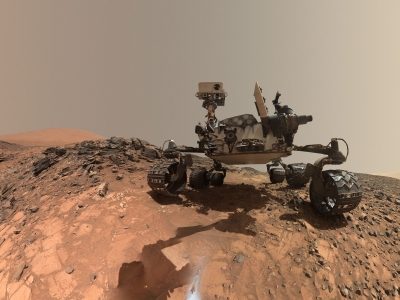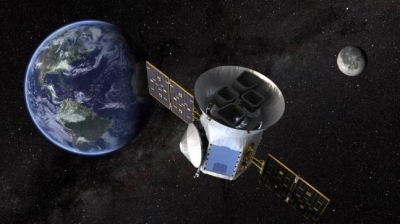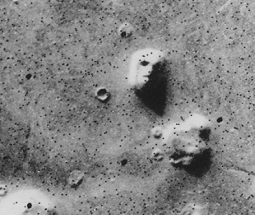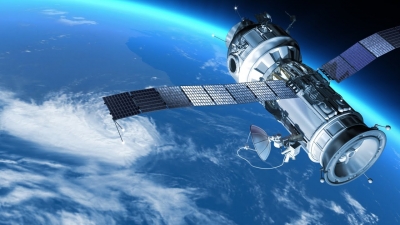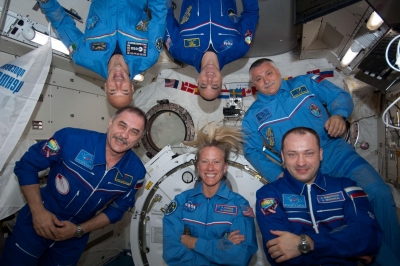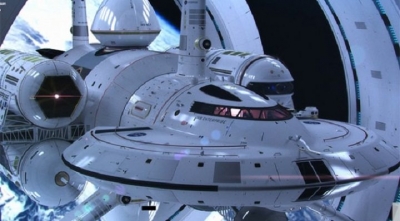Where exactly is island of garbage?
You’ll find it 1,000 miles (1,600 km) from shore in the vast expanse of the Pacific Ocean midway between Hawaii and California. Bleach bottles and old garbage bins bob amid fishing nets tangled with rotting sea creatures. Scientists call this swirling mass of trash the Eastern Pacific Garbage Patch. Twice the size of Texas by some estimates, it’s the world’s largest dump.
The seafloor beneath the Great Pacific Garbage Patch may also be an underwater trash heap. Oceanographers and ecologists recently discovered that about 70% of marine debris actually sinks to the bottom of the ocean.
Picture Credit : Google
